If you live in Colorado and want to know if you should get a mold test with your home inspection, you may be asking yourself a few questions.
Isn’t Colorado a dry state? Well yes, much of Colorado is a high plains desert that has relatively dry air compared to the rest of the country. Humidity levels in Colorado are nowhere near as high as many other parts of the country, but even so, homes and buildings in Colorado are not immune to mold issues.
If it’s so dry in Colorado, where does the mold come from? Let’s review a few common causes of why homes here can have mold issues.
Plumbing leaks - Plumbing leaks, either from drain or supply lines, can introduce moisture into a home. Typically this leakage is undesirable and difficult to access places where mold growth can occur without obvious visual detection.
Ventilation issues- Improper or insufficient ventilation of attics or crawlspaces can lead to a buildup of humidity which can lead to mold.
Grading and drainage issues - Water runoff from the roof, gutters, and surrounding surfaces can drain back into the home if not properly managed. This is the most common cause of both moisture and foundation issues that we encounter. Once this moisture enters the home, usually by wicking through a concrete foundation wall, it can saturate building materials and lead to mold growth.
My home is a new build, it shouldn’t have mold, right? Many new builds are popping up left and right, and while it’s usually the case that mold is not an issue with new builds, we encounter more mold issues than you would imagine. Moisture can become trapped inside the home during the construction process, and mold growth can occur before ventilation systems are activated. A common example of this is within closed or “conditioned crawlspaces”. Often we find mold growth on the subfloor of the home that is a result of high humidity in the crawlspace during the construction process. Although most of these conditioned crawlspaces have ventilation systems in place to prevent mold growth, the systems are often not active until later in the construction process after mold growth has begun. Newer homes are becoming more and more air-tight, so it’s critical that ventilation is properly implemented. Moisture can get trapped in these homes and mold can grow wherever there is an organic food source and moisture.
While it’s true that mold is less common of issues in the dry climate of Colorado, as you can see, there are common factors that can lead to mold growth in our homes and buildings.
When you schedule your Home Inspection with Alpine Building Performance, LLC we recommend requesting an additional Mold Test to determine the humidity levels in your home and take air samples to find out if you have a mold problem.

